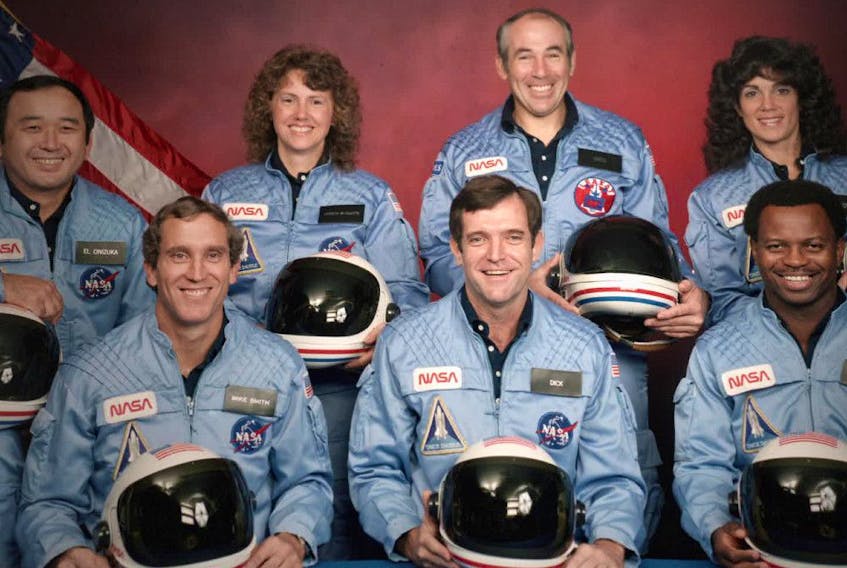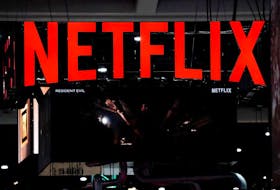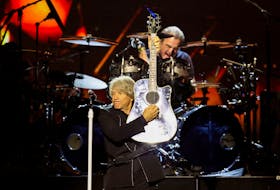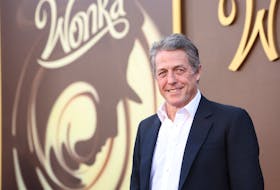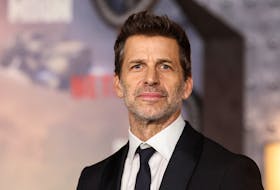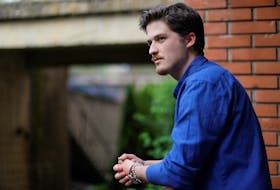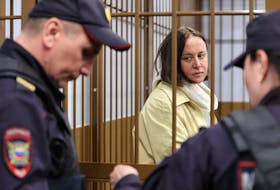The history of space travel is mostly one of firsts, highests and bests. Yuri Gagarin in orbit. Neil Armstrong on the moon. The discovery of water on Mars, and possibly life on Venus. The day in 2013 when the Voyager probe became the first human-made object to enter interstellar space.
But it is also a tale of tragedies. Three astronauts killed during a launch pad test in January of 1967. Seven more when the Challenger was destroyed, 73 seconds into its flight, 19 years later. Seventeen years after that, another seven on Columbia, which broke up during re-entry.
That’s one for every young generation. Challenger was Gen X’s calamity. I was in a grade 11 geography class when my teacher told us the news. Someone thought he was kidding. By nightfall, the image of the twin solid rocket boosters arcing away from the disintegrating ship was burned into all our memories.
Barbara Morgan, McAuliffe’s backup for the teacher in space program, trained as a mission specialist and flew on the shuttle Endeavour in 2007
The Netflix documentary Challenger captures both the wonder of that new chapter in the space program, and the devastation that surrounded that January day. Over four 45-minute episodes, we are introduced to the Challenger’s diverse crew, which included the first Asian-American astronaut, Black astronaut Ronald McNair, and two women, one of them Christa McAuliffe, the first teacher-astronaut.
And without getting too dramatic, it also portrays the fear that many in the program had, that NASA was taking unnecessary risks with the shuttle and its propulsion system. Rocket engineer R.V. Ebeling had written a memo whose executive summary began: “Help!” and which called the issue of faulty O-rings “a red flag.”
As the public would eventually learn, those rubber seals in the twin solid rocket boosters were to blame. As was a culture at NASA that downplayed certain risks, while struggling to keep up with an ambitious launch schedule.
Challenger could stand a trim in editing; at almost three hours, it’s a little more time than we need to understand the people and the issues involved.
But there are also some fascinating details. We meet Barbara Morgan, McAuliffe’s backup for the teacher in space program, who eventually trained as a mission specialist and flew on the shuttle Endeavour in 2007. And actor Peter Billingsley, spokesperson for the young astronaut program, who might himself have flown in space, had Challenger not reminded the world that space travel remains a hugely risky enterprise.
It’s a lesson that was learned anew in 2003 with Columbia, and again 10 years later with the crash of SpaceShipTwo and the death of co-pilot Michael Alsbury. With enough caution, care, skill and perhaps luck, the next generation may yet be spared its own tragic news flash. Until then, Challenger stands as a solemn warning.
Challenger is available on Netflix on Sept. 16.
3 stars out of 5
Copyright Postmedia Network Inc., 2020

